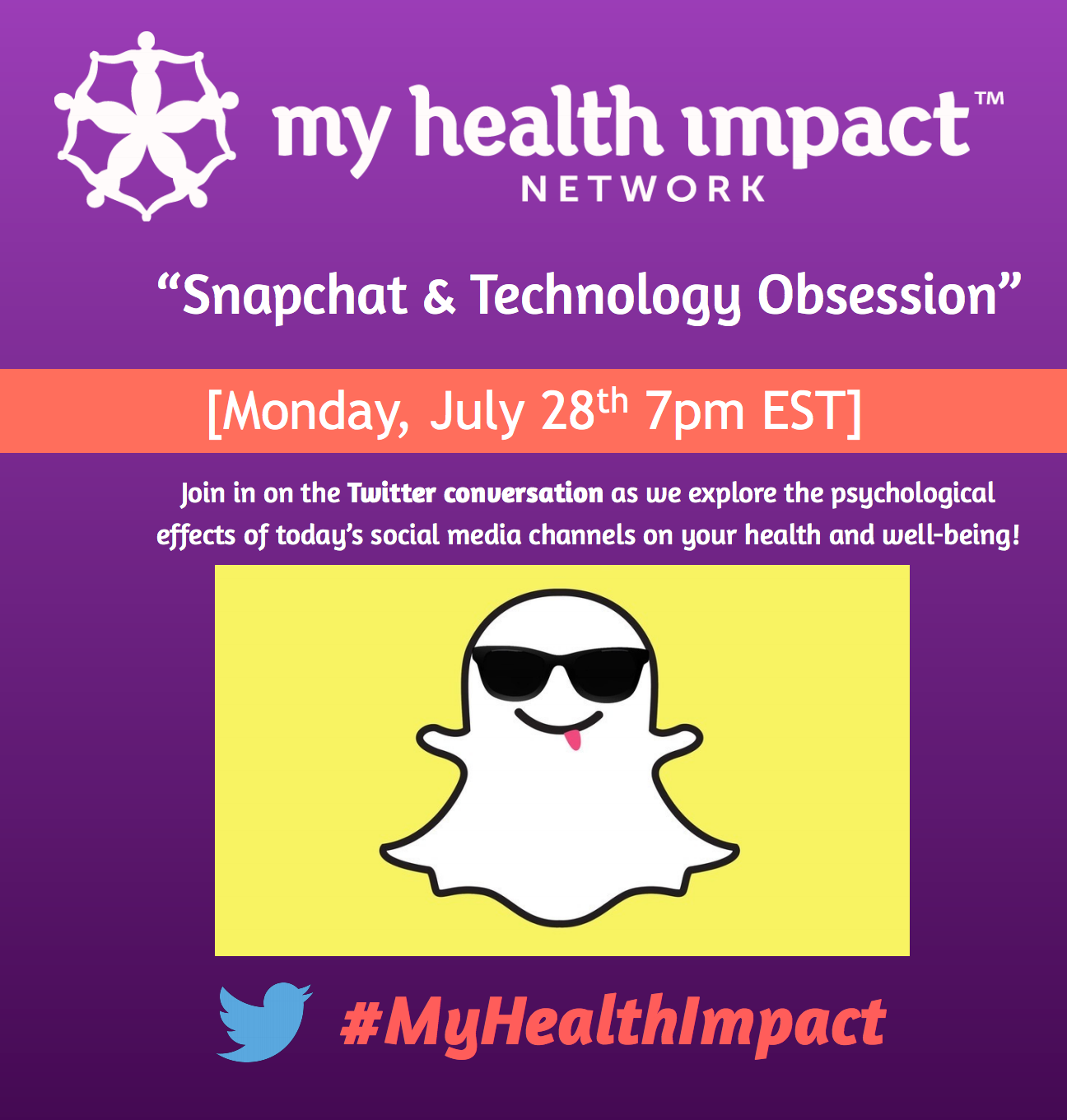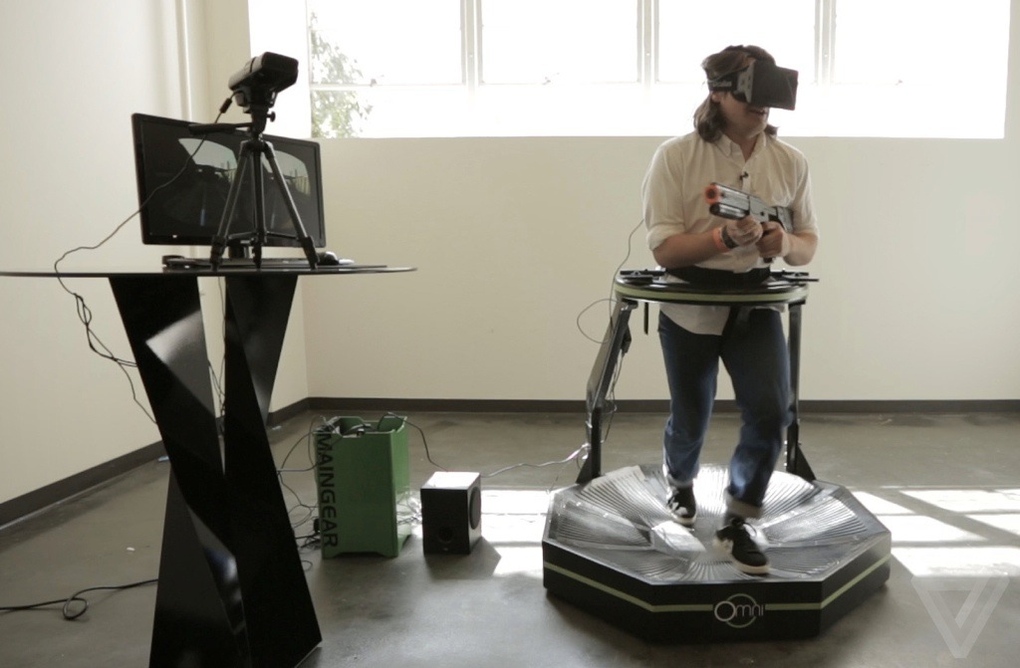myHIN Blog
Category: Technology Articles

October 29, 2014
Killing Two Birds with One Pebble, Wearable Technology
Do you need a smartwatch? Probably not, but at the same time, we don’t really need cell phones either. Now what does a smart watch have that my cell phone can’t give me? Well, to be honest, nothing. I’m not here to give a sales pitch, but to give you a better visual on how I use my Pebble watch. Pebble watch you say?, the thing that came out last year? Yes. You mean that thing that only displays in black and white? Yes. You mean that watch that doesn’t even have a touch screen? YES!!!
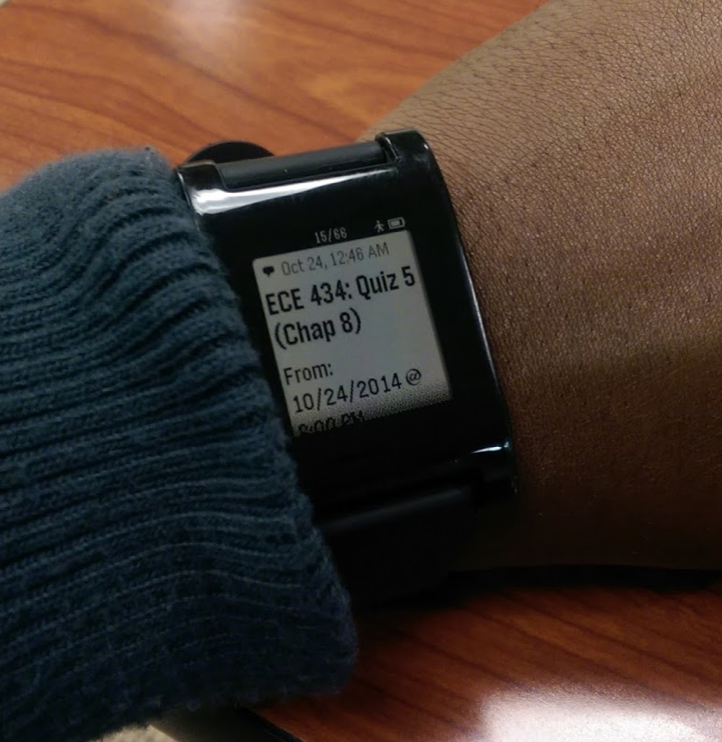
Now the Pebble watch is not the latest tech in wearables but its still great. The biggest problems with wearable technology now, is the never ending questions, “why would someone want to wear this?” I can tell that the people who had to test the usability of this device knew what they were looking for. There are some key features that I truly love about this watch. Heres some key features:
Key Features
- Read text
- Haptic Feedback
- Event reminders
- Pedometer
- Controls music (Soundcloud)
- Battery Life (5-7 days)
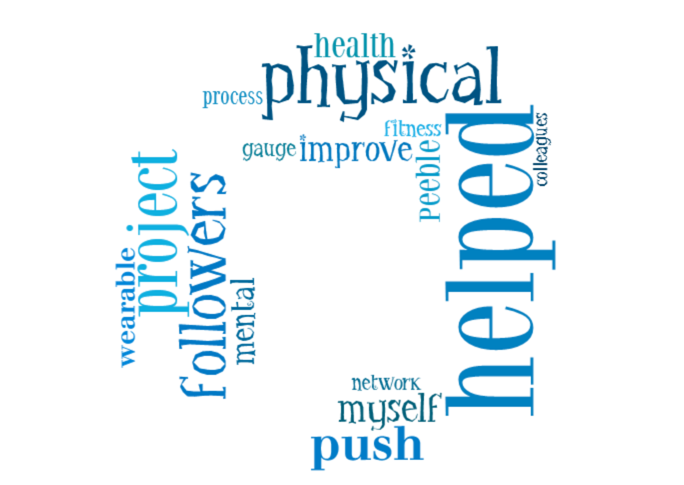
Follow us at @myHealthImpact as we continue to discuss important topics around technology and your physical health.
Share

October 22, 2014
Cell Phone Fast
I know we all have that fear of our phones falling and hitting that exact spot that would stop all phone functionality. Welp that happened to me earlier this month. I always ask myself “What happens when technology fails?” This situation gave me the opportunity to try something new. I decided to go a week without my smartphone or any phone for that matter. I had no real expectations for what would happen, but I wanted to see how dependent I really was to my phone.
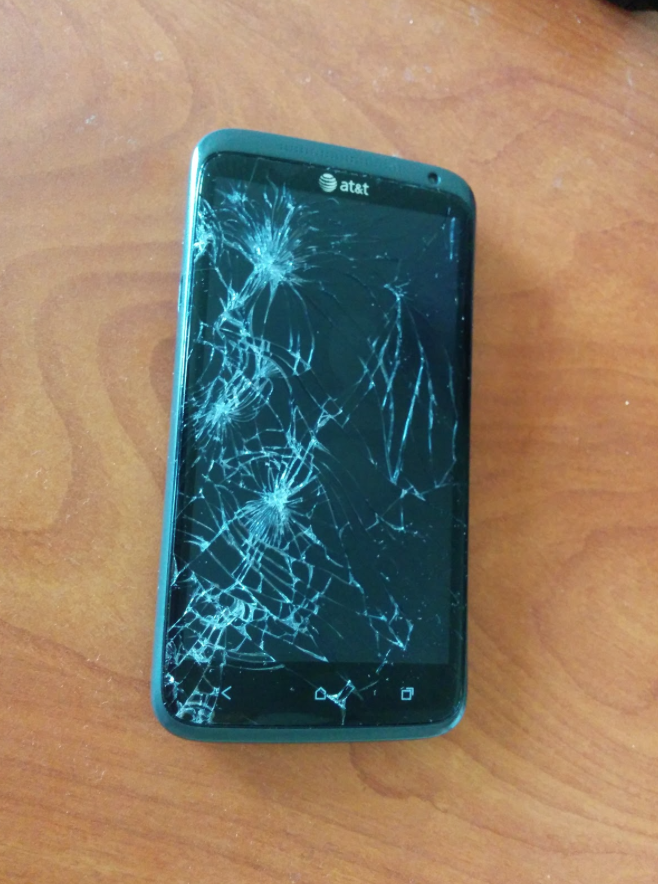
Day 1
Not bad, I can’t listen to music, but luckily I still had my reliable Zune from high school. Yeah it’s a zune, but it still worked with a ton of old songs I forgot I had. Bus rides were still tolerable, but not the same. With no apps, I relied on my computer and communicated through Google hangout and Facebook messages.
Day 2
Not that bad either and I realized when I didn’t have a computer near me, I really didn’t have to ‘answer’ to anyone: well anyone that wanted to contact me. I found out I made myself too available sometimes. This pseudo exclusivity I put myself in made feel important.
Day 3
Okay this is where things start to go astray. Monday was closely approaching and I used my phone as my alarm clock and I needed to find another one. Luckily I had received my pebble smartwatch in the mail and was able to set alarms on it. Also one of my earbuds stopped working which made those bus rides to class even worse.
Day 4 - 7
Ok so not answering people is great, but I couldn’t contact anyone else either. It really didn’t hit me until I had to complete some team assignments and no one in my groups could contact me. Well they could, but I couldn’t reply until I got to a nearby computer or pulled out my laptop. I ended up having to wait on people so they wouldn’t have to call me to find me. I had to have patience.
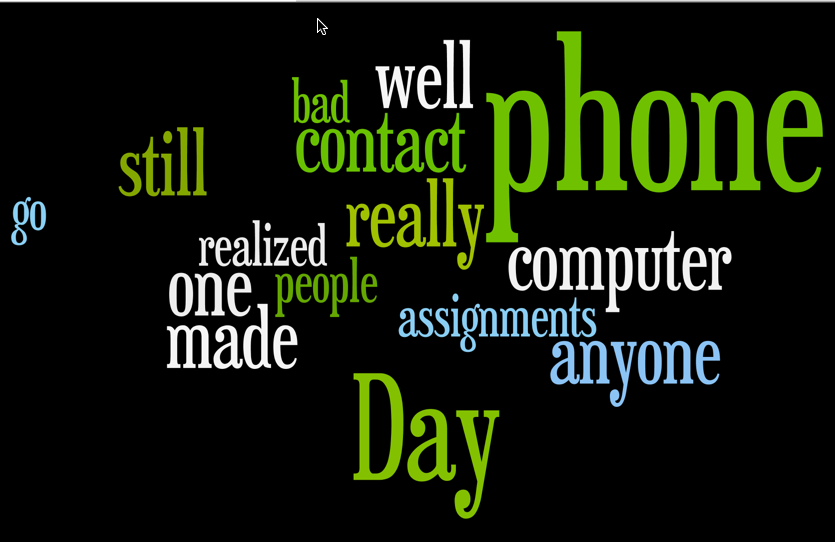
Overall I think the experience taught me a lot about myself. I didn’t realized how often I used my phone. There were even a few times where I thought I felt my pocket vibrate knowing good and well I didn’t have a phone. My phone had a mental hold on me. It helped get through the day and prepare for days to come. Since I didn’t have instant access to information, I didn’t get distracted as often during assignments. I wouldn’t say I become more productive, but my attention span was definitely better.
Follow us at @myHealthImpact as we continue to discuss important topics around technology and your mental health.
Share

October 08, 2014
iPhone 6 Hype
I’m not sure if you noticed, but the new iPhone just came out. What?!?! You never heard of the iPhone. It’s only the same phone Apple been selling to millions for the past couple of years.
Seriously, the iPhone 6 “dropped” last month, and people are just eating it up. Yes, I’m an android user, so my opinion may be a bit biased. For Apple to be a company based on innovative design, they sure are conservative of the design aspects of the phone. I understand the iPhone is easy to use and popular, but why is it so popular? If you compare the specs for the iPhone 6 (2014) and the specs of a Nexus 4 (2012), they’re not so different. Well actually, they’re almost completely identical. To make matters worse is the price between the two. The Nexus 4 is $199 with no contract while the iPhone 6 is $649.
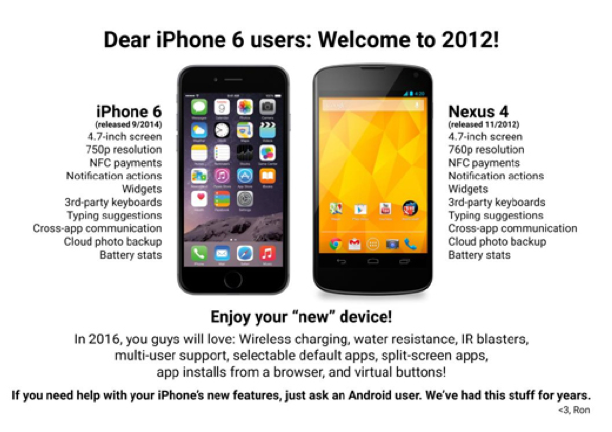
With that said, why are people so quick to covet this new (old) device? Would it not be better just to save money and get the older Nexus 4. I understand there is a preference of operating systems, but c’mon and extra $400 in your pocket would be pretty nice. Does Apple have mind control of the people that buy it? Is the iPhone really that easy to use? What is Apple really selling? I know iTunes isn’t that great downloading that U2 album to everyones iTunes and all that. The name. Apple is selling the lifestyle, the popularity, and acceptance to the community of having a iPhone. Also the camera. Not to get technical, but the iPhone camera does set a new standard for the other various smartphones out there.
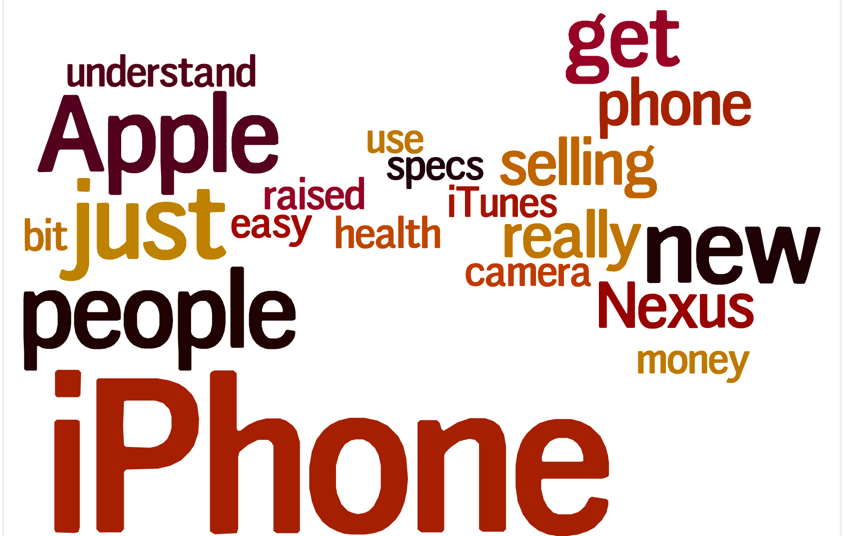
We, as young people, are addicted to having the latest and greatest of almost anything. I’m guilty myself. Millennials and digital setters were raised to have high expectations to what technology brings. We are raised to think ahead and continue to innovate. This addiction to the innovation and creation of new technology is our social driving force. We want to to relate to whatever is new and socially accepted as “in”.
People even waited in long lines just to have a chance to spend their money to get the phone. The video below is just a bit of humor to how serious some of these people can really get. https://www.youtube.com/watch?v=sSALds9qpqk
Follow us at @myhealthimpact as we continue to discuss #techtalk that impacts health and health access.
Share

September 10, 2014
How Beats Playlist Keeps Me Entertained
Since graduating from college, I have severely fallen out of the music game. I didn’t realize it until now but my roommates were my connection to just about any genre of music. I could always count on:
- the musician of the house, JC, to launch the next wave of music, Flyby
- my sneaks and beats partner, DF, to drop some old school songs from The Roots
- and the homie, AJ, to play some smooth gospel on Sunday mornings
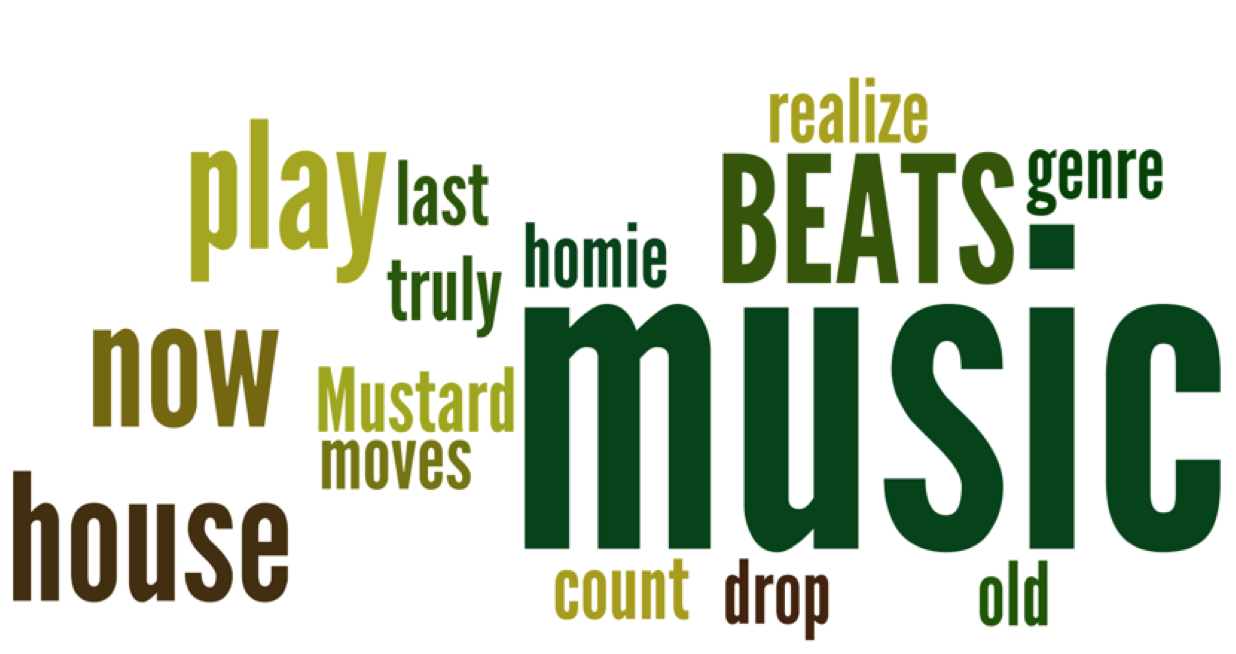
Now that I am all on my own and forced to play music for myself, I’ve yet to truly find my rhythm. Whether I am in the house cleaning my bathroom, driving home, or remixing last year’s dance moves, BEATS MUSIC keeps me entertained. The latest playlist that I subscribed too (yes that’s a real thing) is titled “Behind the Boards: DJ Mustard”. Here’s a sneak peek of what’s going through my speakers.
- Kid Ink - Show Me (feat. Chris Brown)

- Jeremih - Don’t Tell ‘em (feat. YG)

- Ty Dolla $ign - Or Nah (feat. Wiz Khalifa & DJ Mustard)

- YG - Who Do You Love? (feat. Drake)
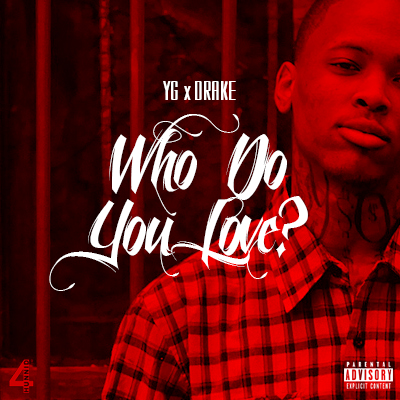
- Tee Flii - 24 Hours (feat. 2 Chainz)
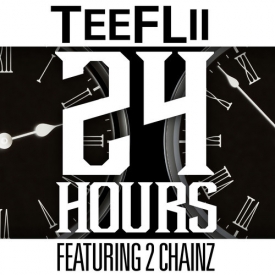
Note: Due the explicit nature of some of these songs, please listen at your own discretion.
Share

September 03, 2014
Apple HealthKit: Expectations and Concerns
I must admit… Apple has me hooked. Almost every year there is a new operating system update or “iOS” update that has me sitting on the edge of my seat. I always look forward to the new features that Apple plans to incorporate into its products. With this new iOS 8 update, Apple is adding HealthKit. The company states that “HealthKit allows apps that provide health and fitness services to share their data with the new Health app and with each other”. Any user who uses this application will be able to have their information stored in a secure place. This will allow the user to determine which health information they would like to disclose within the application.
Since the unveiling of this new application, some individuals believe that it has “tremendous potential”. The dashboard feature includes a series of graphs that depict things such as calories burned, average sleep time along with average heart rate within each day. The Health Data tab incorporates categories ranging from diagnostics and lab results to medications along with nutrition. This application has the potential to mobilize all of one’s medical history into one place. What allergies a person may have, blood pressure, heart rate and medications that an individual may be taking all have the possibility of being consolidated into HealthKit. The fact that all of this information can be made available via a smartphone could possibly eliminate the need for a fax machine, telephone calls or emails.
While these features are very impressive, HealthKit does raise a few concerns. Users are beginning to question the privacy of sharing medical information, which is often times confidential. Everybody may not want to share certain personal information with any physician. Also, this new tech-savvy era can take away from the doctor-patient relationship. Having all of a patient’s pertinent information on a smartphone would actually defeat the purpose of coming to the doctor. The New York Times also mentions that this application may “interfere with clinical practice”.
Yes- this does sound like a fantastic concept. From both sides of the spectrum, there are some positive and negative aspects. I’m looking forward to see how Apple will execute HealthKit and how successful the application is going to be. Who knows… at this day in age, there may not be a need to go to the doctor’s office anymore when you can do that on your iPhone.
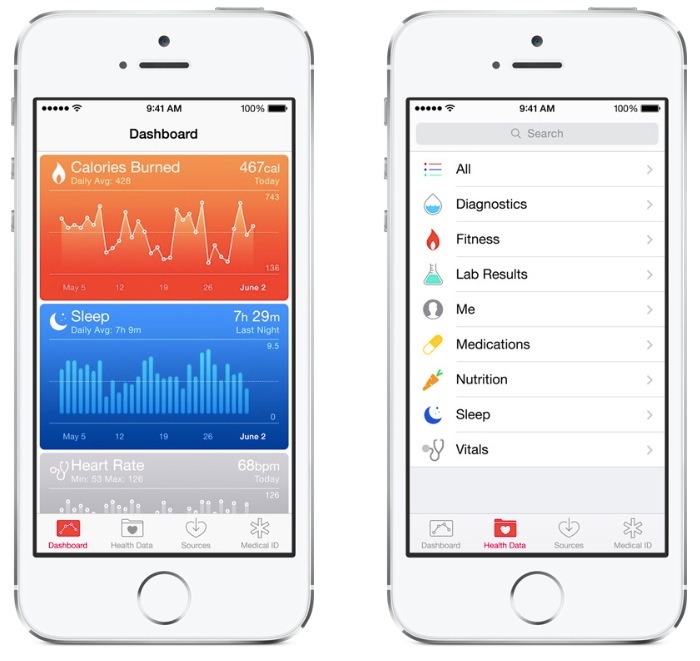
Sources:
Dilger, D. (n.d.). Apple's WWDC unveiling of HealthKit in iOS 8 grabs the attention of doctors. Apple's WWDC unveiling of HealthKit in iOS 8 grabs the attention of doctors. Retrieved June 30, 2014, from http://appleinsider.com/articles/14/06/10/apples-wwdc-unveiling-of-healthkit-in-ios-8-grabs-the-attention-of-doctors-
Carroll, A. (2014, June 16). The Trouble With Apple’s Health App. The New York Times. Retrieved June 30, 2014, from http://www.nytimes.com/2014/06/17/upshot/apples-healthkit-probably-wont-bring-a-new-age.html
Share

August 13, 2014
“Selfies” and Mental Health Disorders
Experts including Dr. Lucie Hemmen and Dr. David Veal are beginning to consider a compulsion to take selfies as a serious mental health problem. Individuals can spend hours, even days taking hundreds of selfies in an attempt to capture the “perfect” photo (McKay). Taking selfies can lead to technology addiction and Body Dysmorphic Disorder — a chronic mental health condition in which the sufferer obsesses over perceived flaws with their body. In addition to that, it has been proven by multiple studies that taking selfies can be detrimental to a person’smental health, and it can be linked to narcissism, depression, and low self-esteem.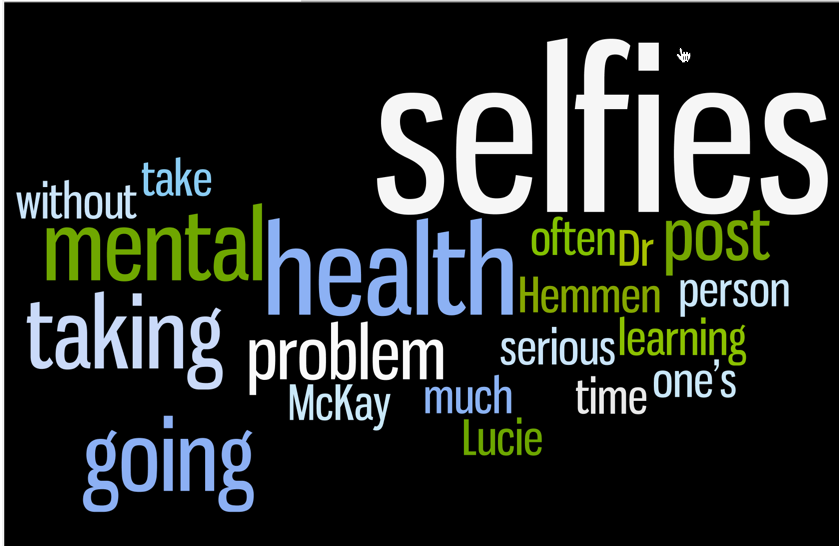
So how can we fix this problem? First, we have to realize that there is a deep denial about how dangerous it is to interact with screens without setting limits on how much time is spent doing so. With that said, it is hard to convince people that the effects of taking selfies are serious. Nevertheless, the common treatment of taking selfies is gradually learning how to go for longer periods of time without satisfying the urge to take a photograph, along with therapy to address the root cause of the problem. Thus, learning how to use selfies in moderation. Selfies, if used properly, can be a feel-good and often creative way, to chronicle one’s life and emotions and express one’s personality.
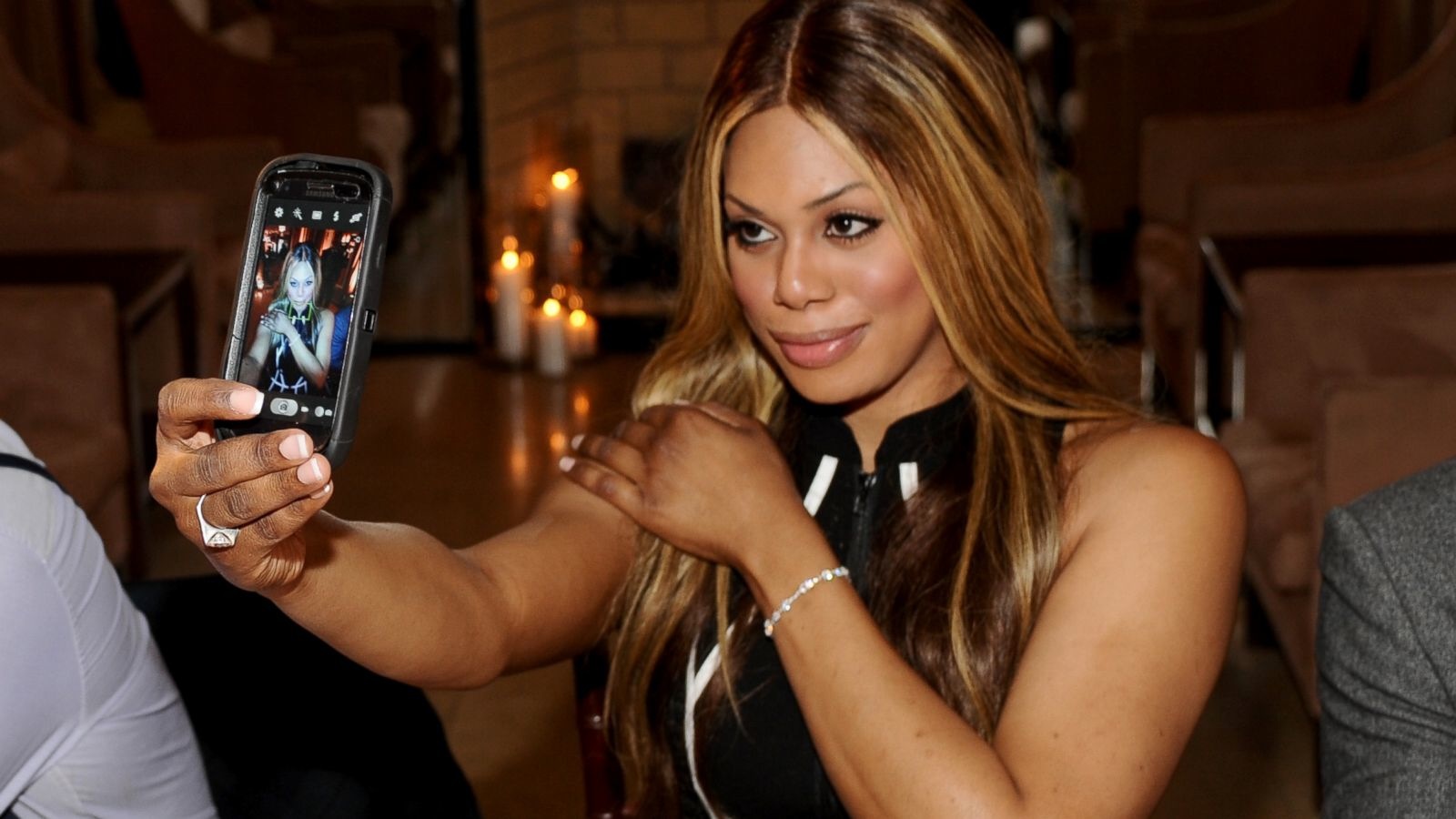
In conclusion, know this—According to clinical psychologist Lucie Hemmen there is a continuum of health and authenticity in what you shoot and post (McKay). A secure, mature person is going to post selfies that are spontaneous and not overly engineered or edited, and they're going to do it less often. A more insecure person is going to post staged or sexualized photos, and they're going to do it so much that they become consumed by it and the comments they receive. Let’s not let selfies control our mental health.
McKay, Tom. "A Psychiatric Study Reveals Selfies Are Far More Dangerous than You Think." PolicyMic. N.p., 28 Mar. 2014. Web. 16 June 2014. <http://www.policymic.com/articles/86287/a-psychiatric-study-reveals-selfies-are-far-more-dangerous-than-you-think>.
Share

July 20, 2014
Snapchat and Technology Obsession Amoung Youth
When thinking about the word “technology”, I’m pretty sure the younger generation comes to mind. Nowadays, there is an “app”, short for the term application, for everything. In a world filled with iPhones, Androids, and all other types of smartphones, you can almost do anything you want on your mobile device. For some youth, this use of technology has become an obsession. When I begin to conceptualize that one piece of technology has the ability to preoccupy and intrude one’s mind for such a long period of time, it frightens me. I will admit- there are some pros and cons to technology usage in today’s society.
Youth are using technology more to complete homework assignments. A research paper or a group project may require some extensive outside research and the Internet is usually the “go-to” spot. Online encyclopedias and dictionaries come in handy and often times yield quick results. On the other hand, technology can be used for the wrong purposes and can be viewed as a hindrance versus an advantage. Some students are busy moving their fingers to reply to a text message during class rather than being actively engaged in the classroom. Being mindful that an assignment is upcoming, technology gives youth more of a reason to procrastinate. They would rather focus on tweeting, updating their status on Facebook or sending videos to their friends. By the way, this new Snapchat application is something serious.
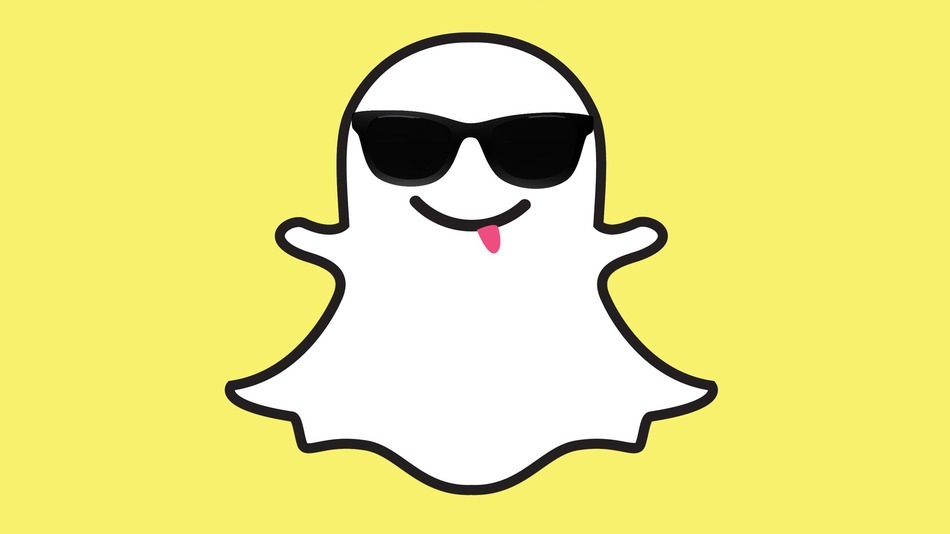
For those who may not know, Snapchat is an application that allows you to send short video clips and/or pictures to contacts in your phone. The interesting concept is that you only have a certain amount of time to view the “snap”. The viewer has no more than ten seconds to view the picture or video that has been sent to them. Actually, that time can be shortened at the discretion of the sender. Snapchat also includes a component called “My Story”. At any time, you have the ability to allow other viewers into your world by posting pictures or videos to your story. Keep in mind; this information is made visible to those who are your friends on Snapchat. Users have the ability to keep adding to their story at any time they want. This means their own personal story can potentially be up to two minutes long, all composed of one to ten seconds pictures or video clips. Within twenty-four hours, the entire story disappears.
From my understanding, users enjoy the spontaneity of Snapchat. It allows them to capture a particular moment in time and send it to whoever is on their friends list. After the allotted time of one to ten seconds, the viewer is no longer able to open up that particular “snap” again. This keeps for constant communication between the two parties involved. Okay I will admit it- yes I do have a Snapchat. Am I obsessed with it? No. But, I do believe that the youth in this upcoming generation ARE becoming obsessed with it. You can always tell when someone is adjusting their phone, trying to get that perfect shot using their front camera on their iPhone. More than likely, this is because they are on Snapchat.
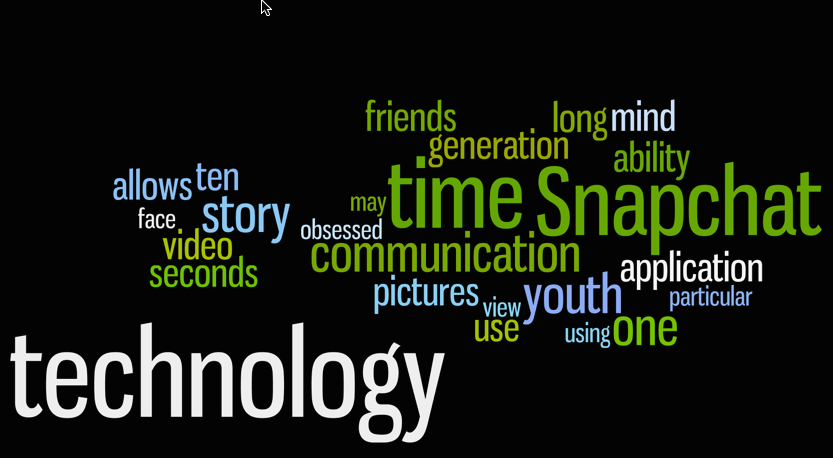
Share

July 17, 2014
When Gaming Is Too Real
There’s been a recent spike in in virtual gaming; virtual reality (VR) gaming that is. One of company at the forefront for VR gaming is a company named Oculus VR. Oculus VR’s leading product is the Oculus rift, which has the potential of bringing the world of virtual reality gaming to our very own living room. Oculus rift has received so much positive feedback other company’s such as Avegant gyph, Infinite Eye, and even Sony are already refining their R&D departments for this exploding market. Though a very cool concept what is it actually doing to your brain? Will our brain even be able to decipher between real and virtual?
To understand this, we must understand how virtual reality units like Oculus rift succeed. The rift comes with a headset that fills the user’s range of vision. This essentially means using your peripheral sight as well as determining depth and translating that to natural responses. These natural responses can then create data used to interact with the video game. To create a sense of real time motion a gyroscope and accelerometer are built into the headset collecting data. The user also wears a set of headphones which allows the user to hear everything that happens in gameplay.
The real “magic” of the rift is how it creates a sense of presence in our minds. This sensation is made by our brains prior experience of what of something is and sensory detail of what something’s supposed to do. Omni is another application of virtual gaming, but this takes a more physical approach. Omni essentially allows a player to run, walk, and jump while in their virtual reality experience. The device itself is stationary, but a harness and slick low friction grooved surface allows the player to almost move seamlessly through a virtual reality gaming environment.
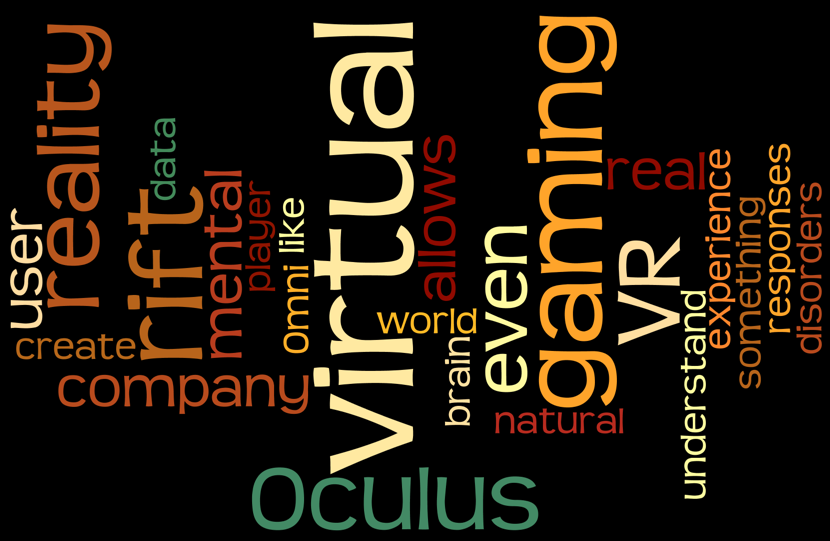
So what’s the problem? Well, nothing at this point. Some are even looking into how devices such as oculus rift have the potential to treat mental disorders like Post Traumatic Stress Disorder (PTSD). VR bring a whole new world of treating mental health disorders or even improve someone’s mental abilities.
Share

June 11, 2014
Free Music?
So all the people I know that listen to music 9 times out of 10 downloads it. Whether they paid for it or not is another question. Illegally downloading music is actually a very big problem. The concept of free music isn’t even an argument within my generation of peers, so the issue almost means nothing to us.
In this current wave of introducing new music, people are more impatient than ever. Streaming services are now available to anyone and everyone. The idea behind streaming music is to allow people to readily listen to any song without the commitment of a download or “purchase”.
I’ve even found myself using streaming services more recently. My favorite service is soundcloud. The selection is greater, it frees space on my media device, and I don’t have to worry about the “Fed’s” tracing me down because I didn’t want to pay the $1.29, which is ridiculous, to listen to my potentially favorite song.
More importantly the music feels free. I didn’t have to type in my credit card, I didn’t have to walk in a store, I didn’t even get pressured to upgrade to a paid account. I support the movement of streaming media. It’s convenient for me, cost effective, and gives artist the recognition and statistics that their music is worth something.

Share
In Partnership with: Poole College of Management, College of Humanities and Social Sciences, National Science Foundation, Penn State
Take Action, Get Tested: Find Your Local Testing Center Why Get Tested?

